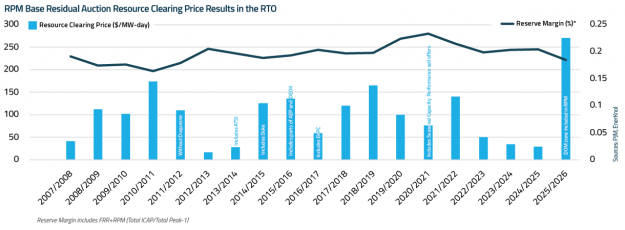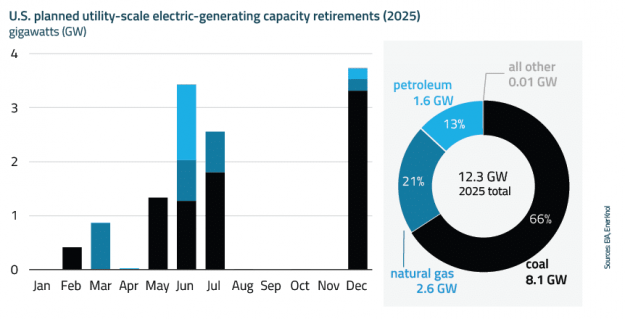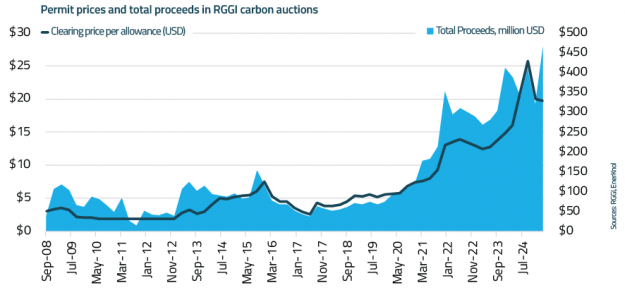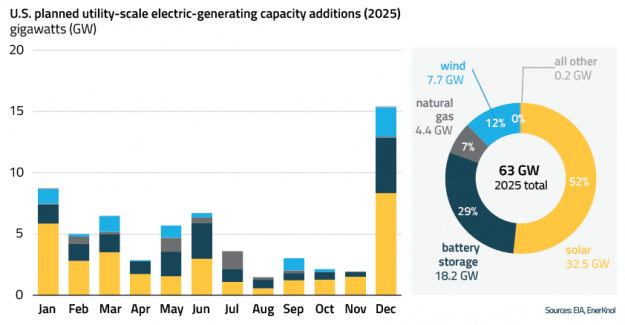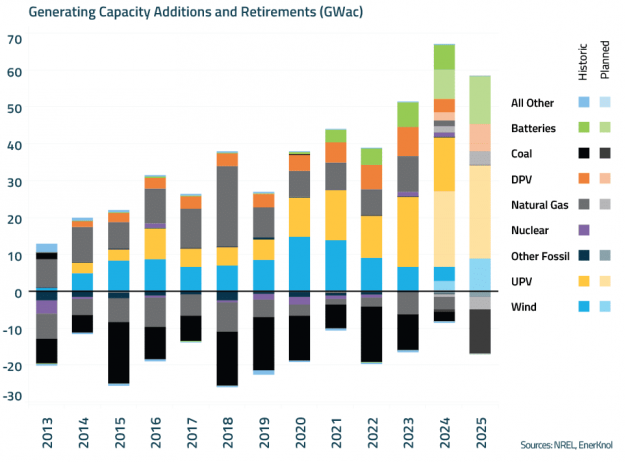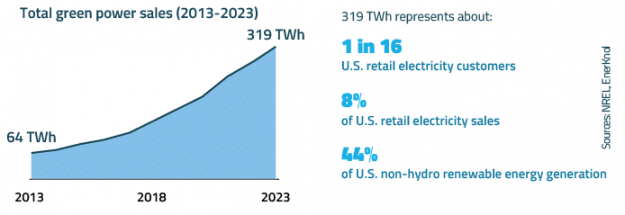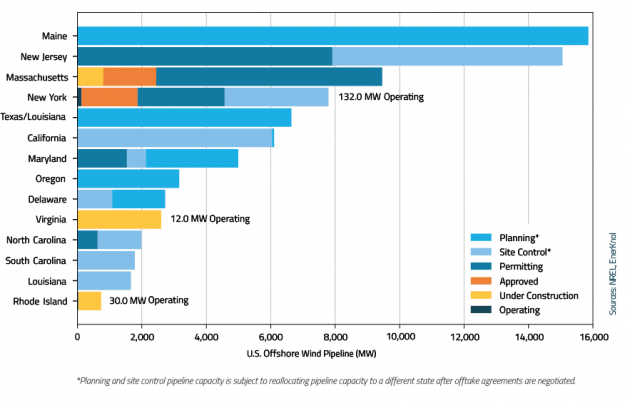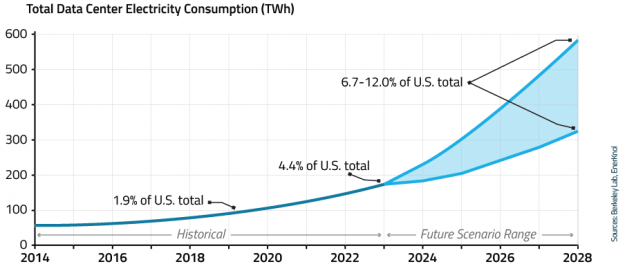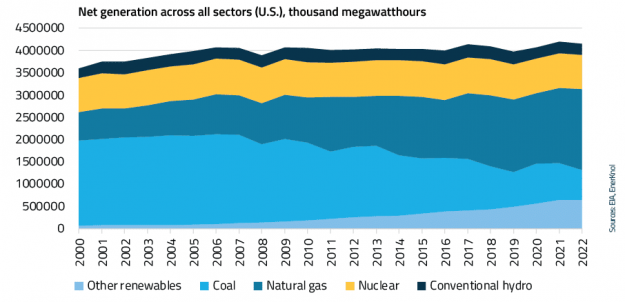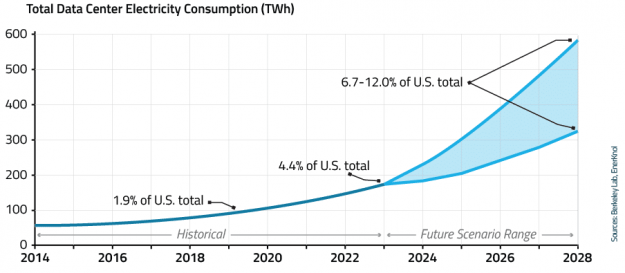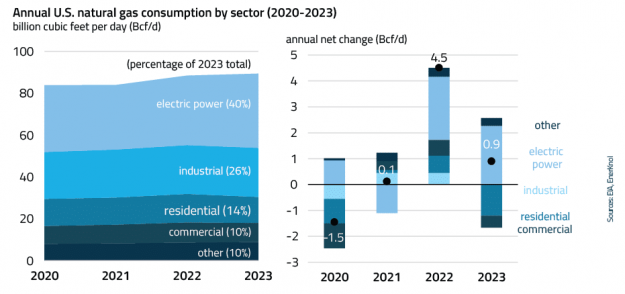Visual Primer: PJM’s Price Cap and Floor Proposal for Capacity Auctions Raises Concerns Over Market Distortion
PJM Interconnection LLC, which operates the grid across 13 states and the District of Columbia, has proposed a price cap and floor for its upcoming capacity market auctions for the 2026/2027 and 2027/2028 delivery years. Though intended as a temporary measure to restore stability to the capacity market, the move has raised concerns about market distortion by artificially inflating prices and stifling investment signals.
